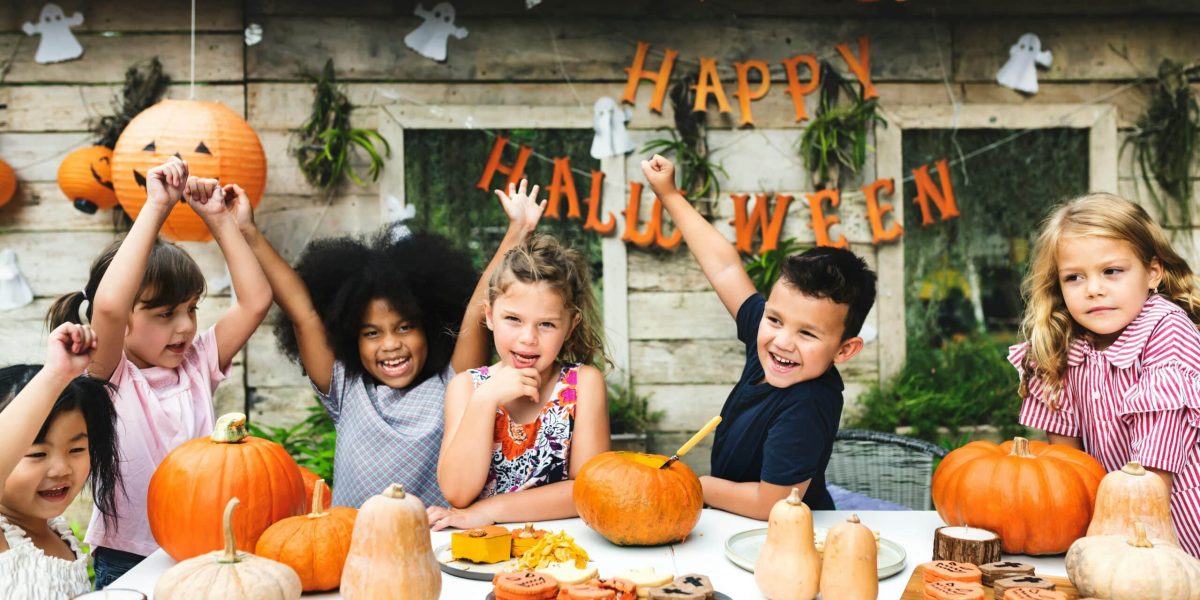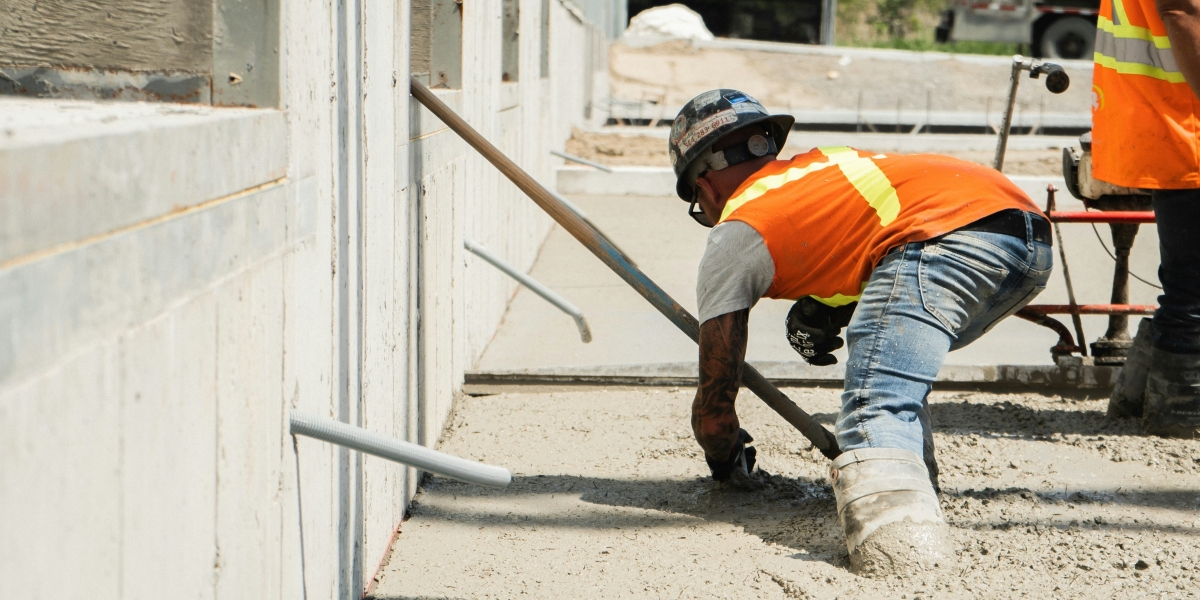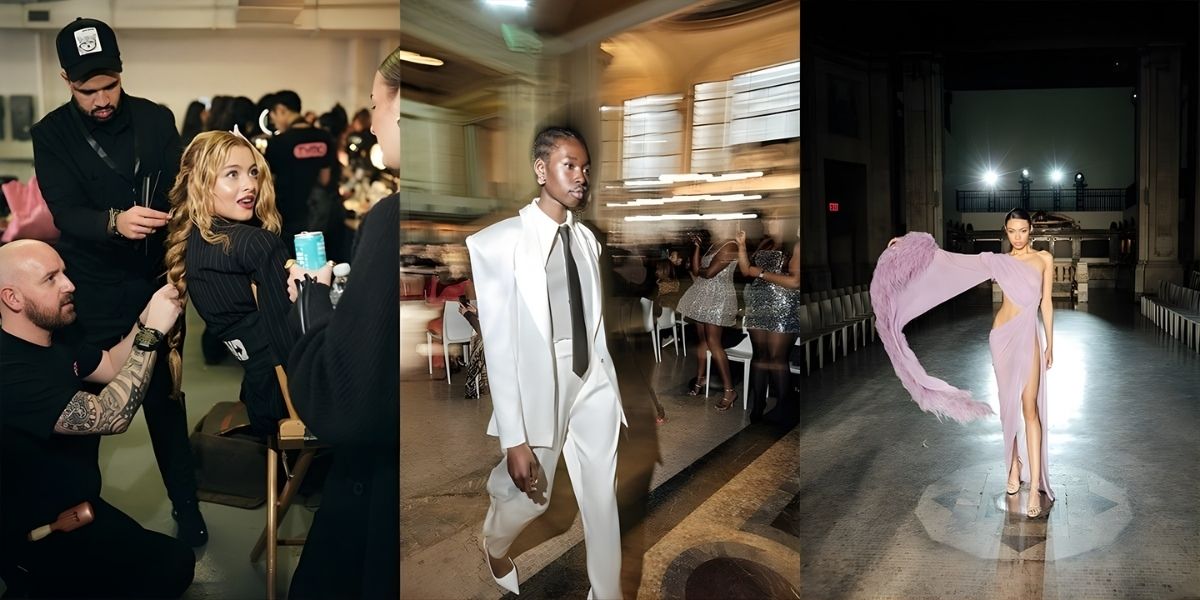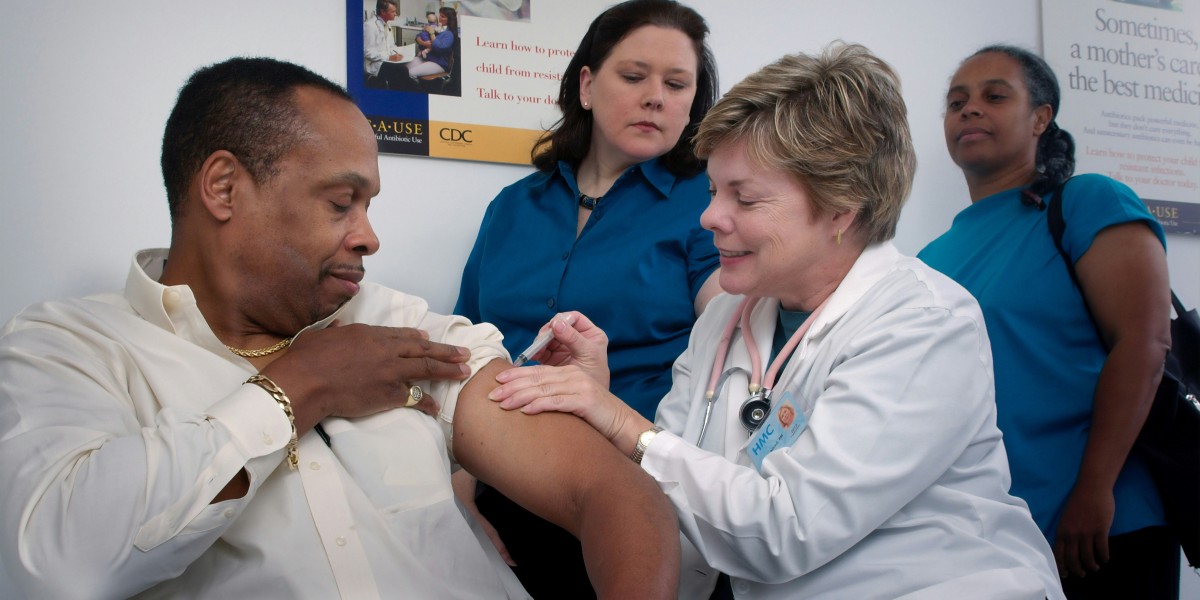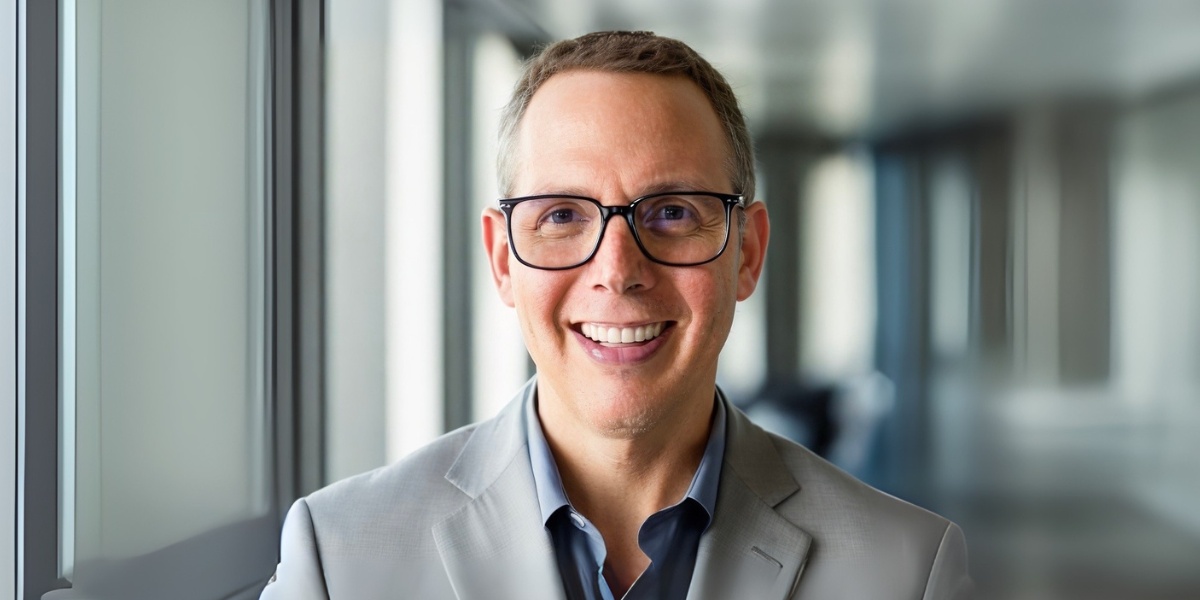Halloween is one of the most popular and widely celebrated holidays in the United States. Every year on October 31st, people of all ages dress up in costumes, carve pumpkins, and participate in spooky festivities. But behind the fun and costumes lies a rich history that stretches back centuries. Halloween has evolved significantly over time, blending ancient traditions with modern American culture. But how did it become the celebration we know today, and why is it so important in American culture?
Where Did Halloween Originate?
The origins of Halloween date back over 2,000 years to the ancient Celtic festival of Samhain. Celebrated at the end of October, Samhain marked the end of the harvest season and the beginning of winter, a time when the Celts believed the boundary between the world of the living and the dead became blurred. During this festival, it was thought that the spirits of the dead could return to earth. To ward off these spirits, people would light bonfires and wear costumes made of animal skins to protect themselves from evil spirits.
As Christianity spread across Europe, Samhain traditions began to merge with Christian practices. In the 8th century, Pope Gregory III designated November 1st as All Saints’ Day, a day to honor saints and martyrs. The night before, October 31st, became known as All Hallows’ Eve, which eventually evolved into Halloween. These early celebrations involved activities such as lighting bonfires, attending church services, and praying for the dead.
Halloween came to America with European immigrants, especially the Irish, who brought many of their traditions with them during the 19th century. In America, Halloween slowly transformed into a more secular, community-centered holiday that included elements like dressing up in costumes, trick-or-treating, and hosting neighborhood parties.
How Did Halloween Become a Major American Holiday?
Halloween’s transformation into the popular celebration it is today began in the late 19th and early 20th centuries. As more immigrants arrived in the United States, the tradition of Halloween spread throughout the country. By the 1920s and 1930s, Halloween had become a widely celebrated holiday, with communities organizing parades, parties, and other public events. However, it wasn’t until the mid-20th century that Halloween truly became the massive cultural event it is today.
The rise of trick-or-treating played a key role in Halloween’s popularity in America. The practice likely evolved from earlier European traditions, where children would go door-to-door on All Hallows’ Eve offering prayers for the dead in exchange for food. In America, this evolved into children dressing up in costumes and going door-to-door in their neighborhoods asking for candy. By the 1950s, trick-or-treating became a widespread custom, with businesses and candy manufacturers capitalizing on the growing holiday.
Halloween also became deeply rooted in pop culture during this period. Movies, television shows, and books began to feature Halloween themes, and horror films like “Halloween” and “Nightmare on Elm Street” contributed to its spooky reputation. As the holiday became more commercialized, decorations, costumes, and candy became staples of Halloween celebrations, and it became an event that both children and adults enjoyed. Today, Halloween is one of the most popular holidays in the United States, with Americans spending billions of dollars each year on costumes, decorations, and candy.
Why Is Halloween Culturally Significant in America?
Halloween holds a special place in American culture because it brings communities together in a unique and playful way. It’s a time when people of all ages come together to celebrate creativity, fantasy, and fun. The holiday allows individuals to explore different personas through costumes, celebrate their love of all things spooky, and partake in traditions that span generations.
One of the key reasons Halloween is so important in American culture is its ability to adapt to modern society while still maintaining its ancient roots. The holiday’s focus on community events, like trick-or-treating and neighborhood parties, fosters a sense of togetherness that is often missing in today’s fast-paced world. Many neighborhoods go all out with decorations, transforming ordinary homes into haunted houses or eerie spectacles that attract visitors from all over.
Halloween also taps into a deeper cultural fascination with the supernatural, fear, and mystery. From ghost stories to haunted houses, Halloween allows people to explore themes of life, death, and the unknown in a lighthearted and controlled environment. This playful engagement with fear is a unique aspect of Halloween that sets it apart from other holidays. For many, it offers a fun, imaginative escape from the stresses of everyday life.
In recent years, Halloween has also become a major event for adults. Costume parties, haunted attractions, and even themed events at amusement parks draw large crowds, turning Halloween into an inclusive celebration that appeals to a wide range of people. This adult participation has helped the holiday evolve from a simple children’s event into a full-fledged cultural celebration that spans all age groups.
Halloween has a rich and complex history that blends ancient traditions with modern American culture. From its Celtic origins to its rise as a popular American holiday, Halloween has become much more than just a night of costumes and candy. It has grown into a beloved celebration that brings people together, allows for creative expression, and taps into humanity’s fascination with the supernatural. As Americans continue to embrace and expand upon the traditions of Halloween, it remains a holiday that reflects the country’s unique blend of history, community, and popular culture.


